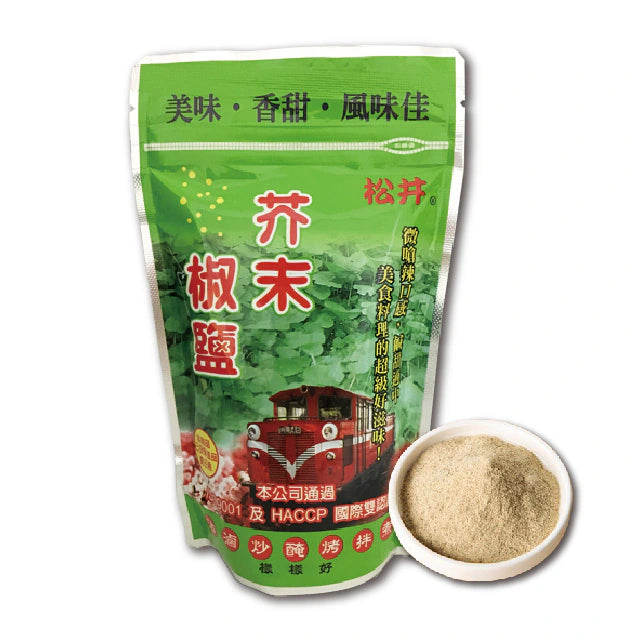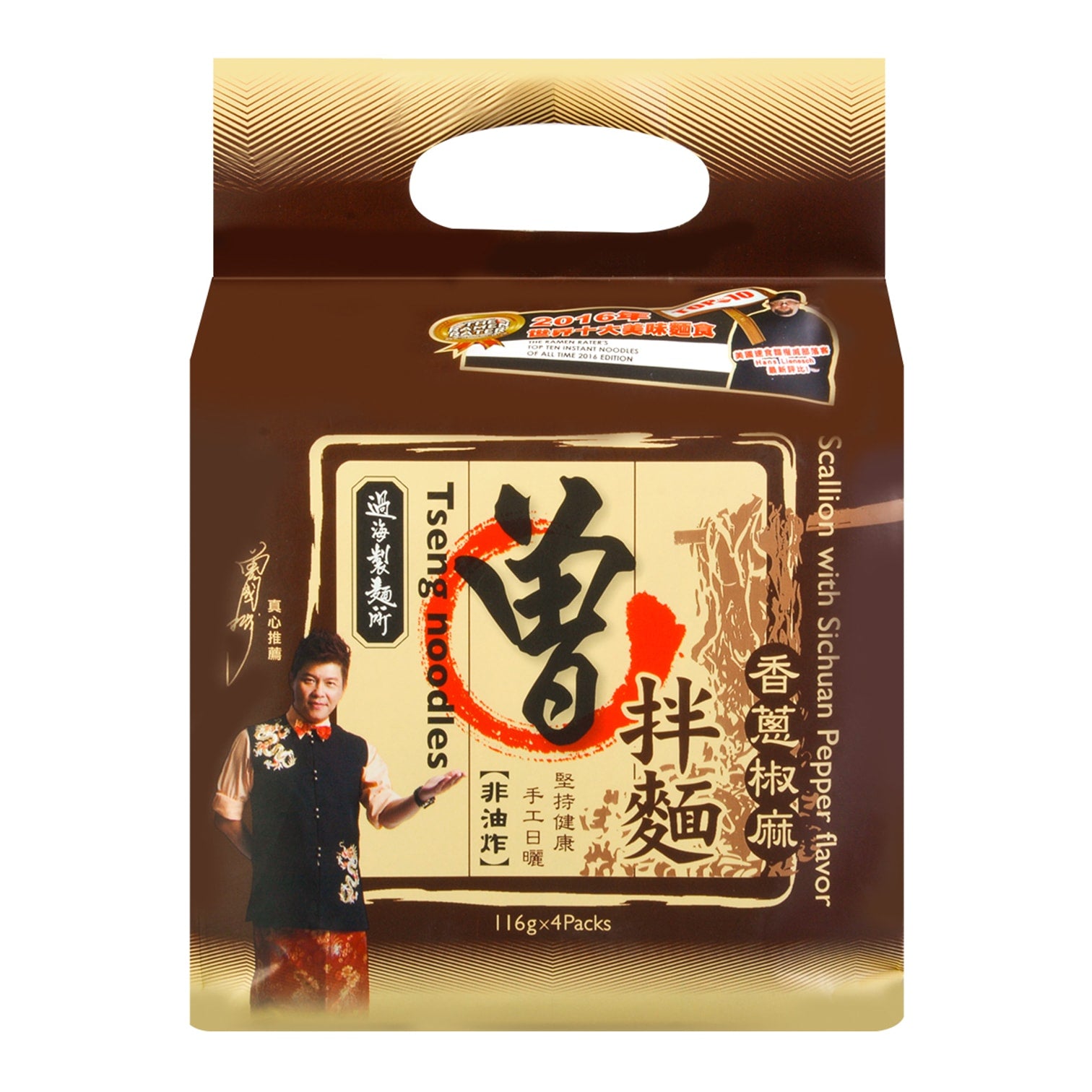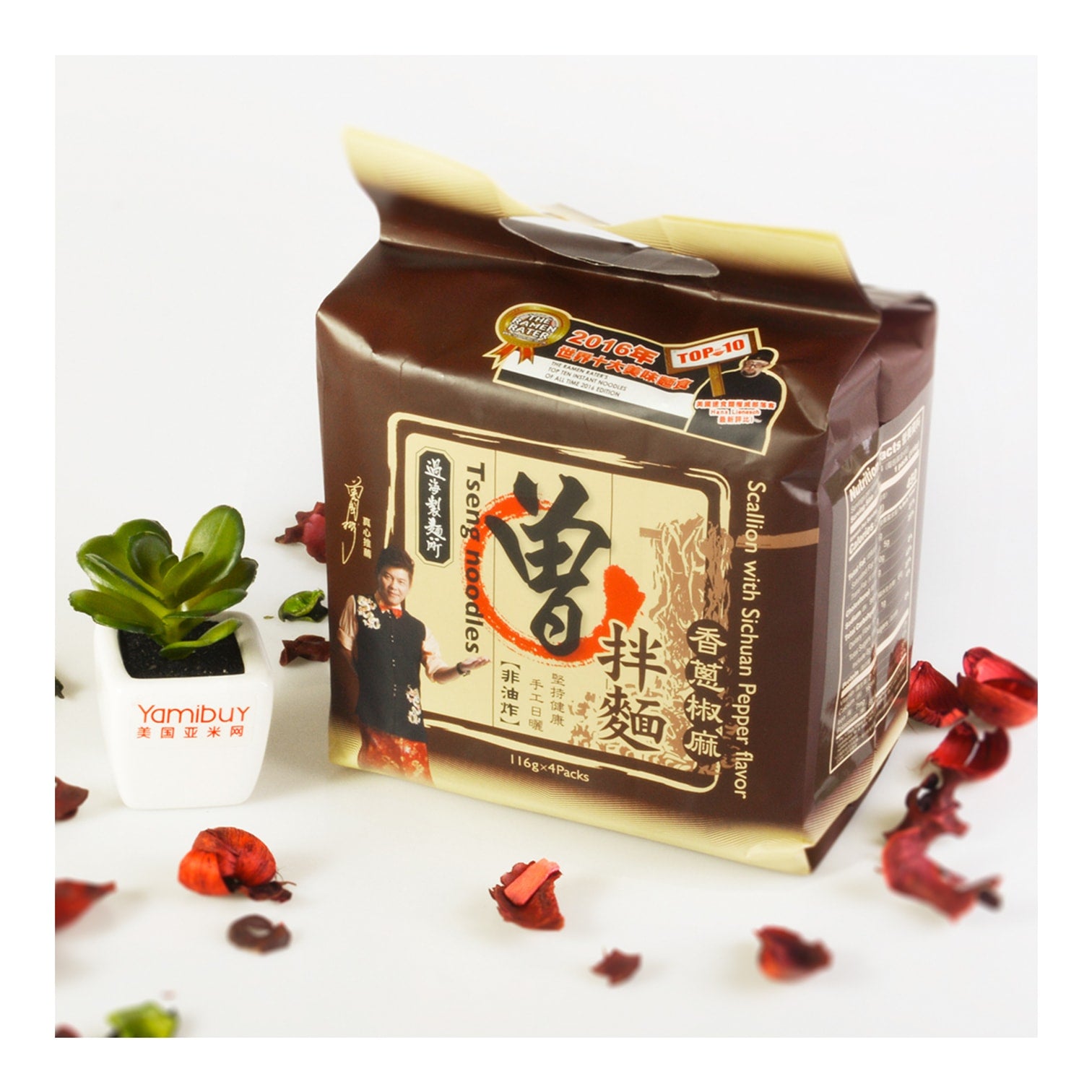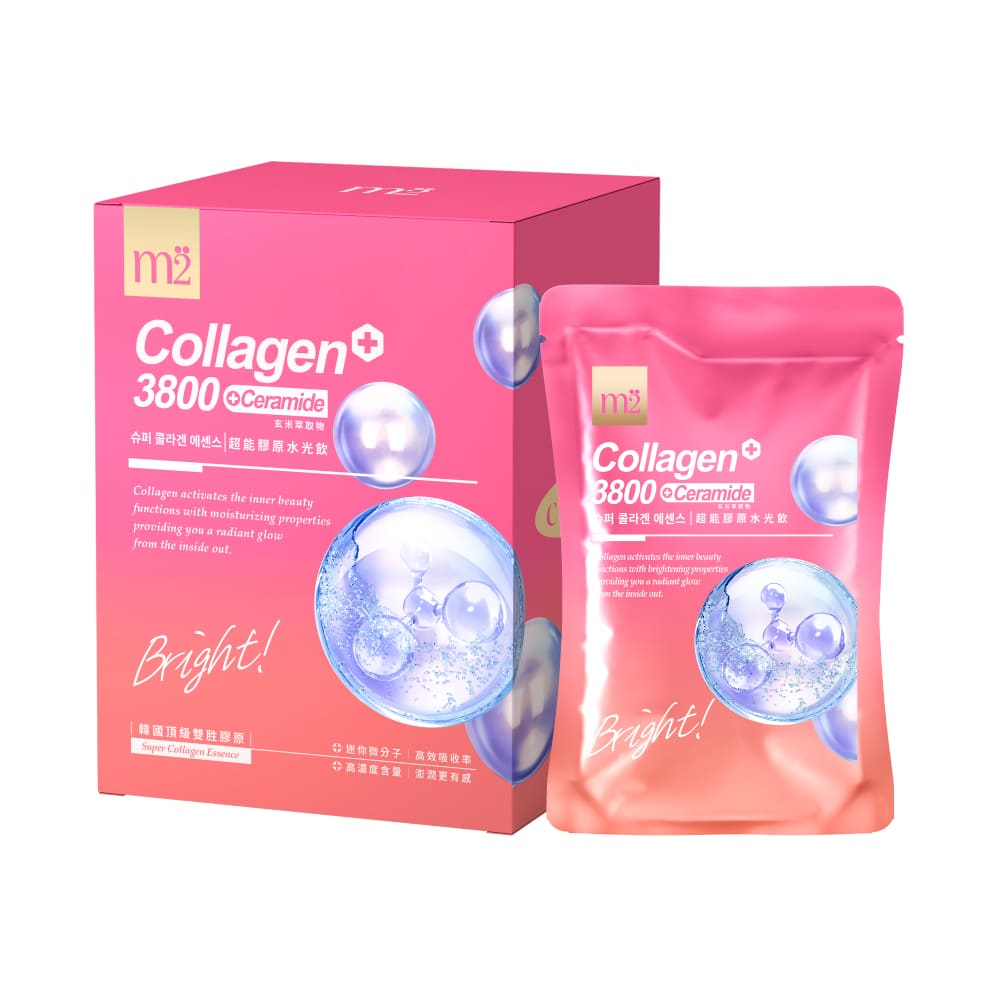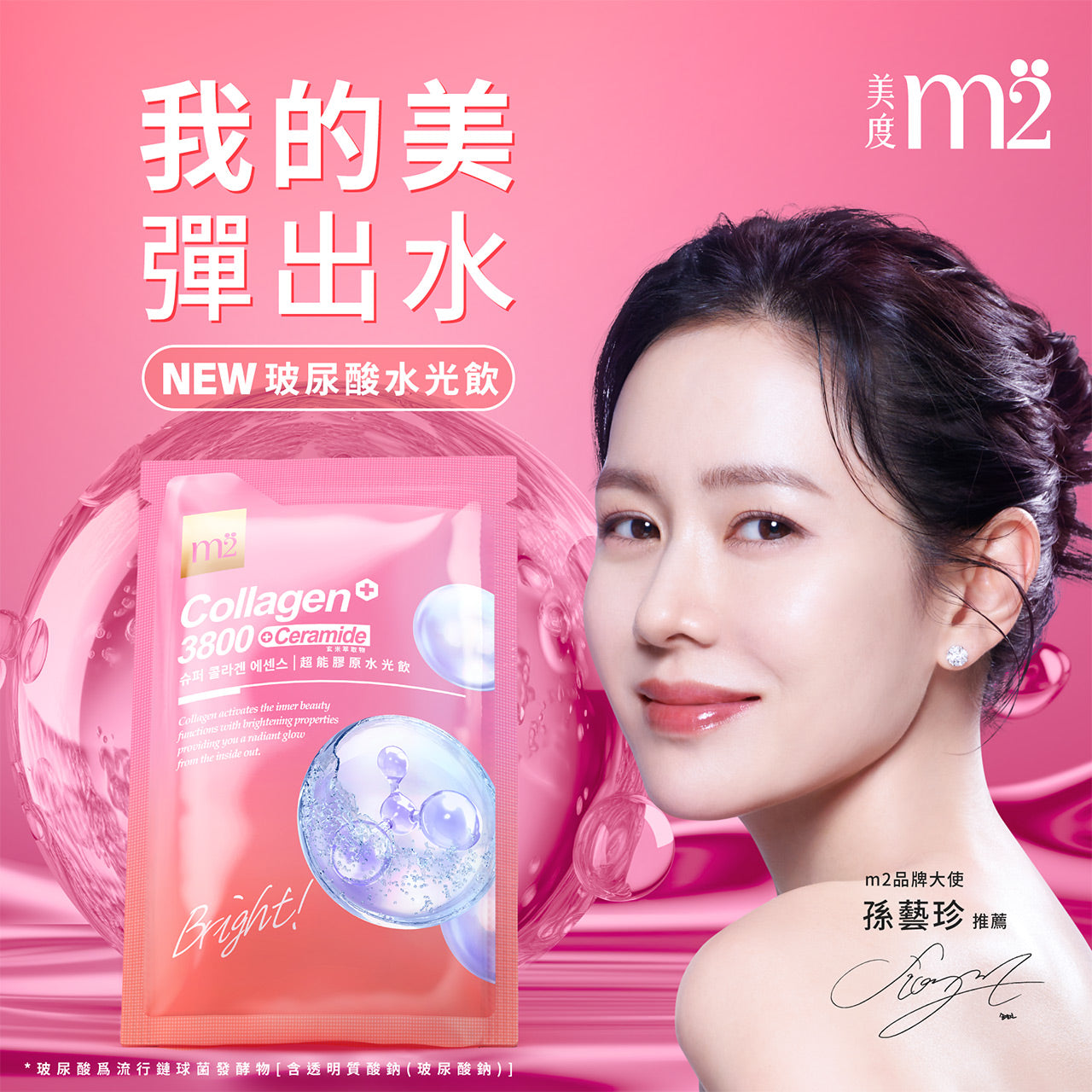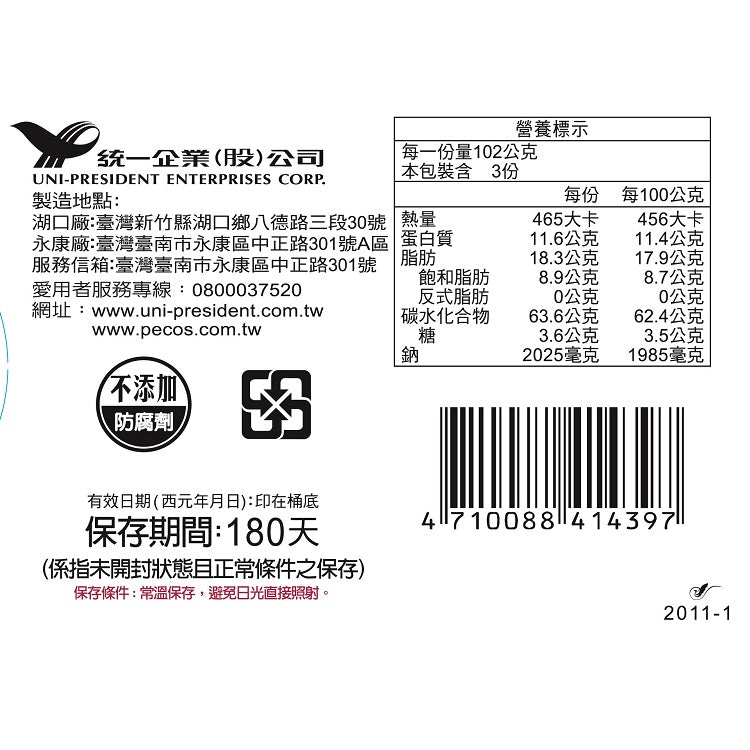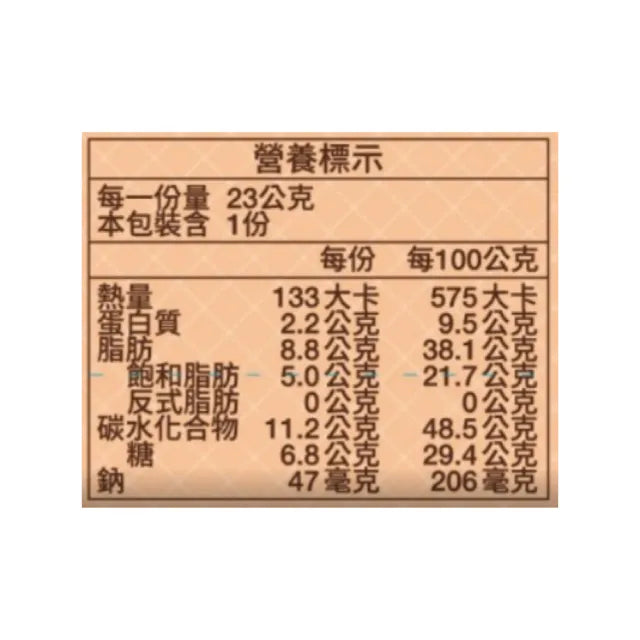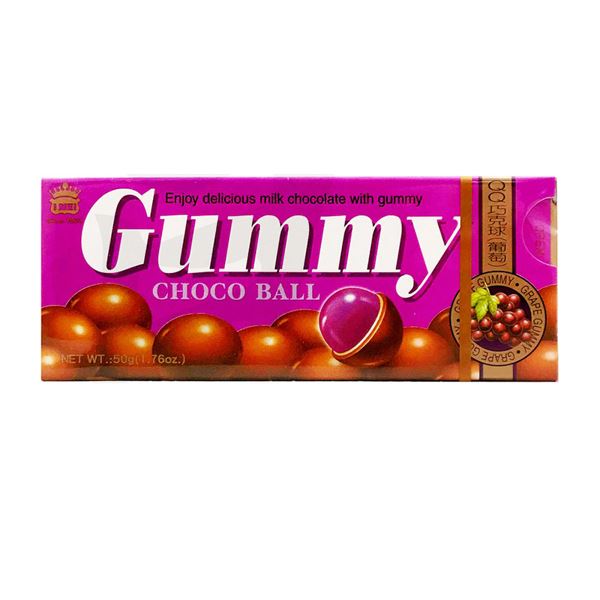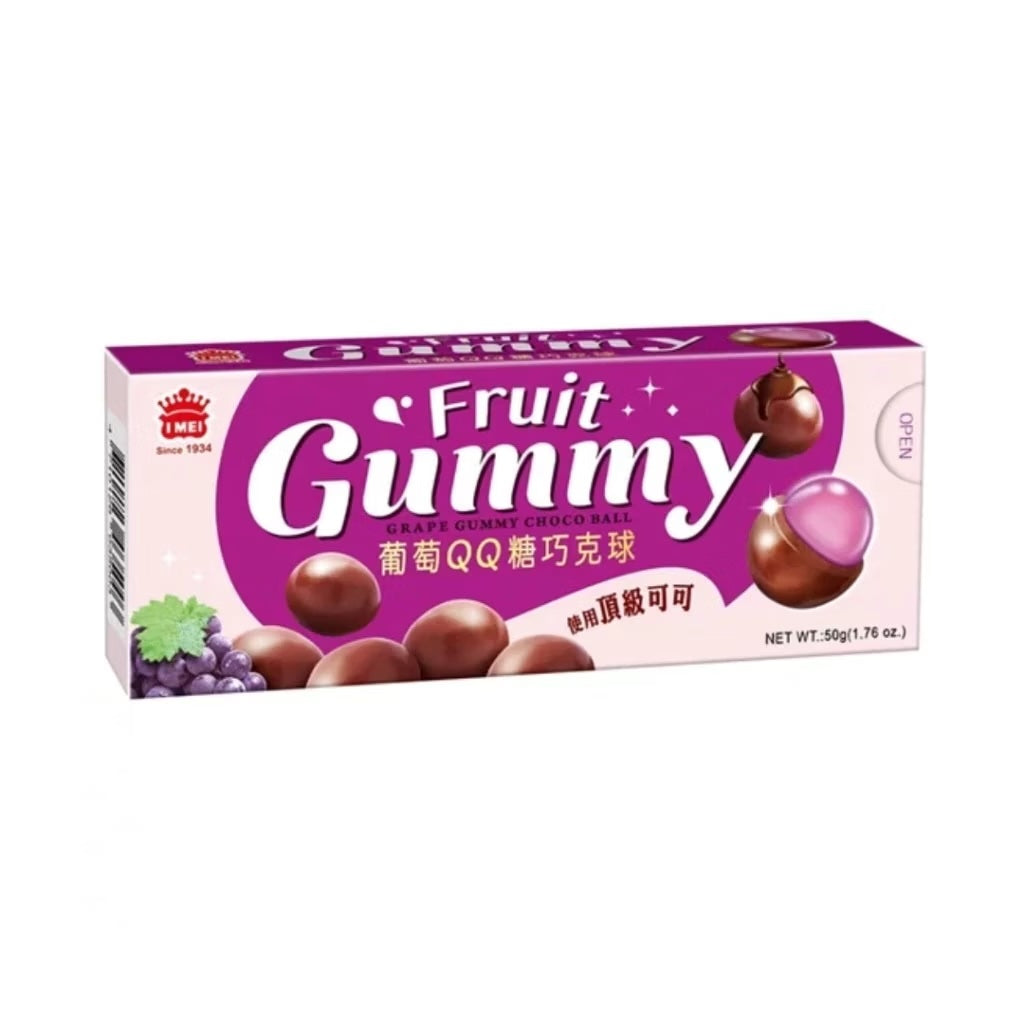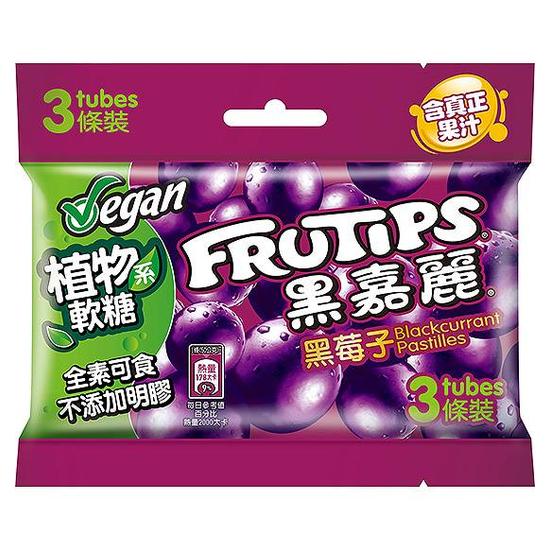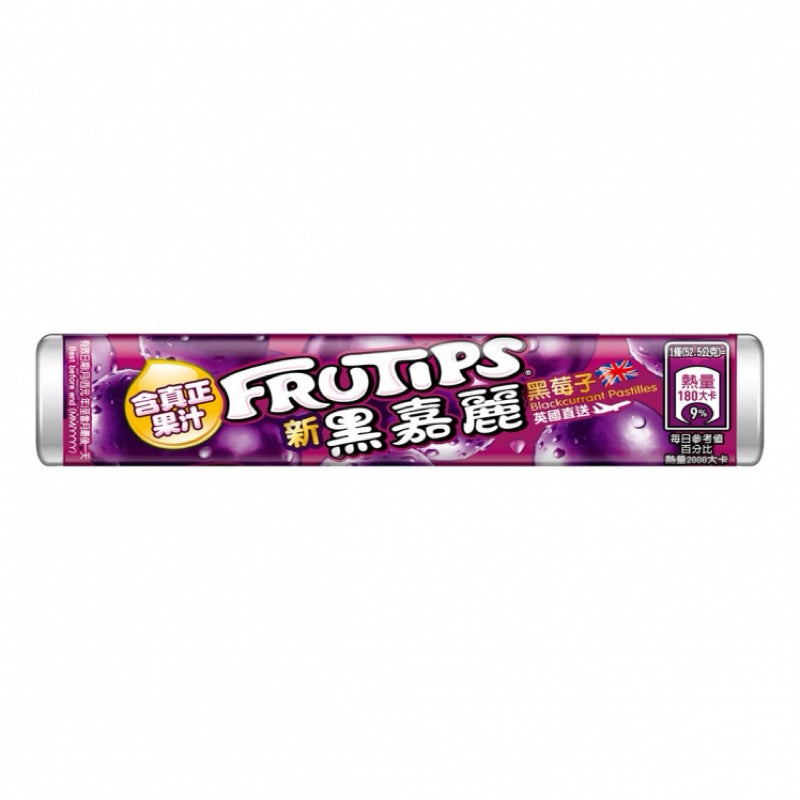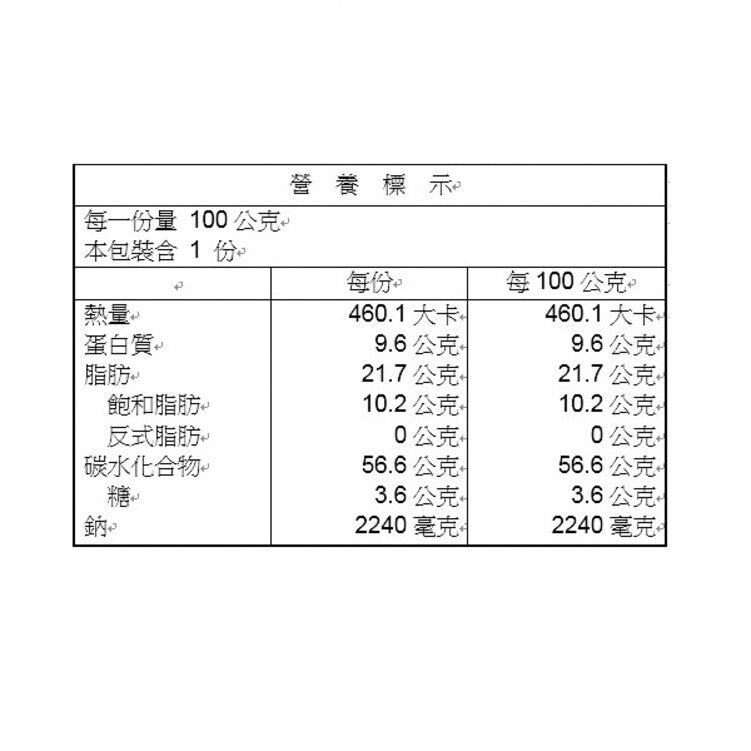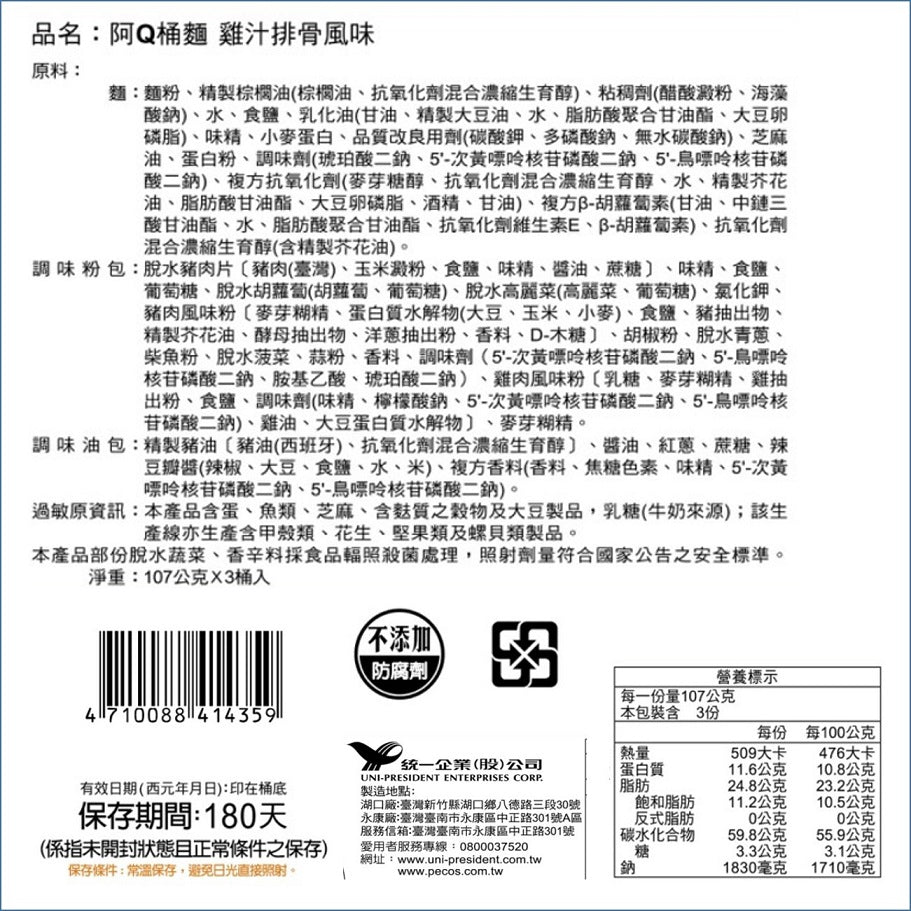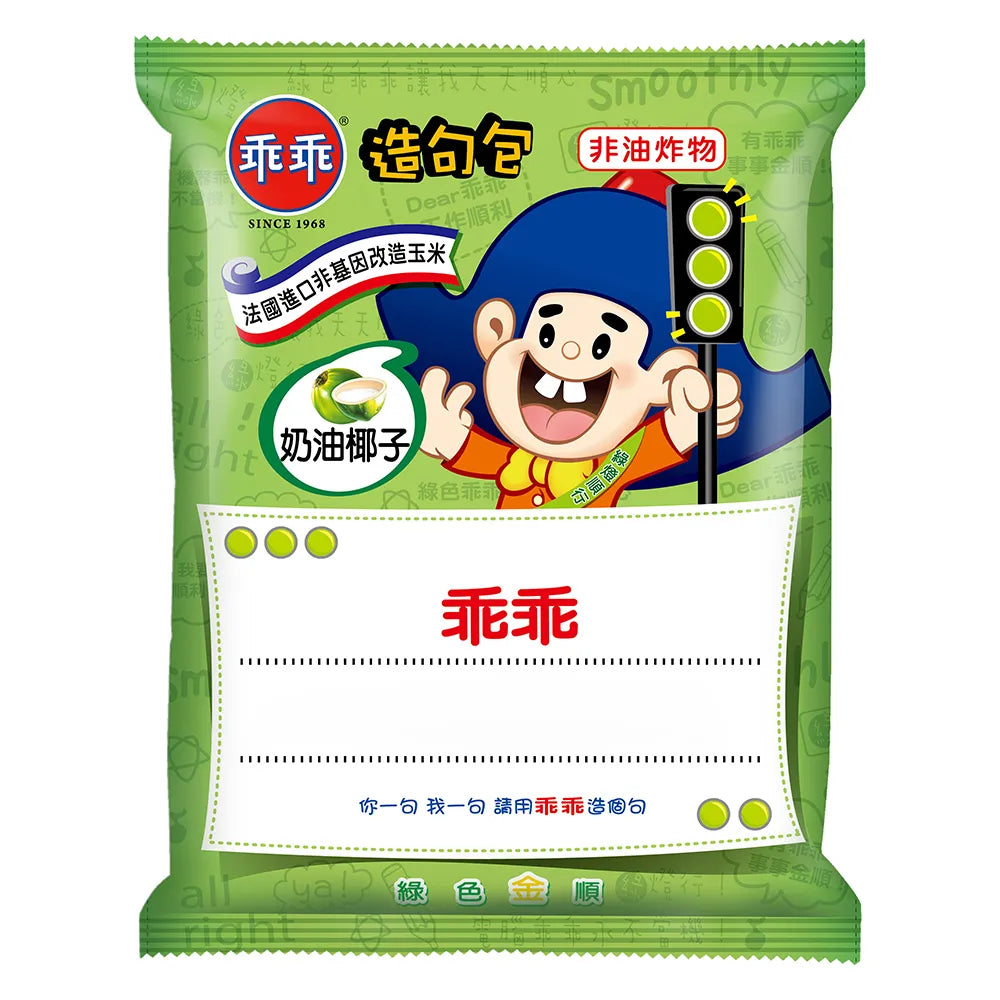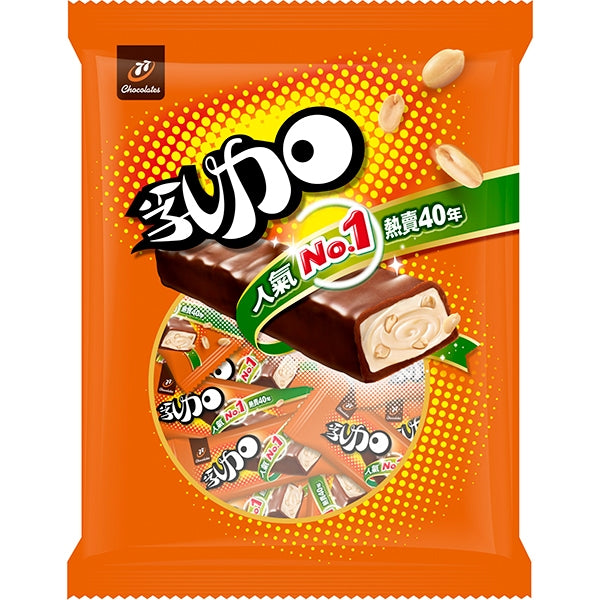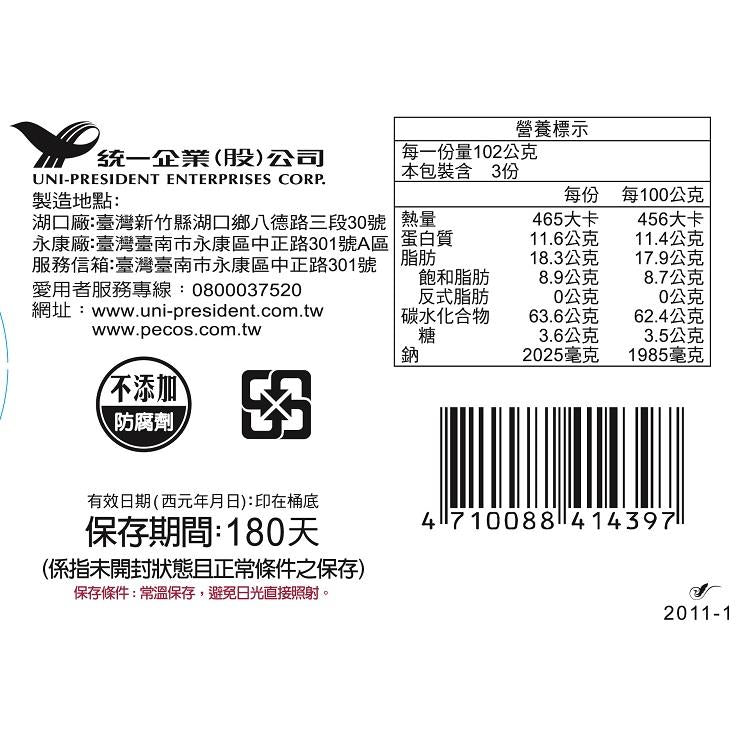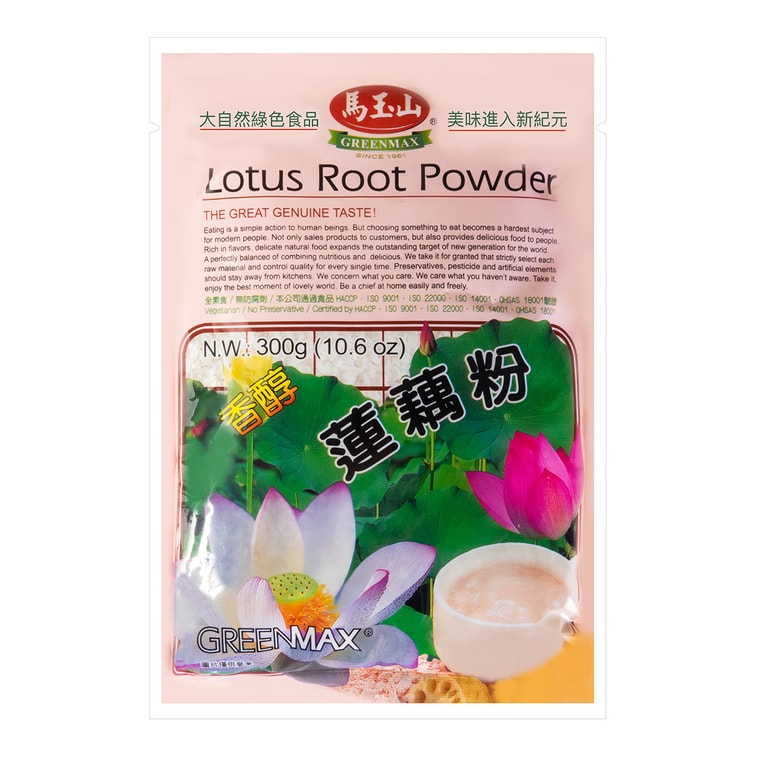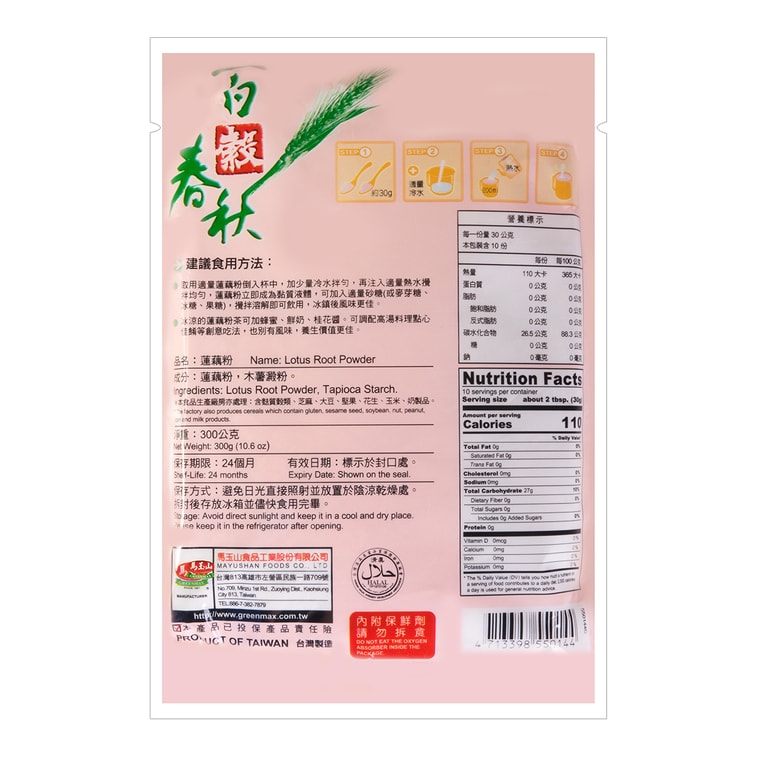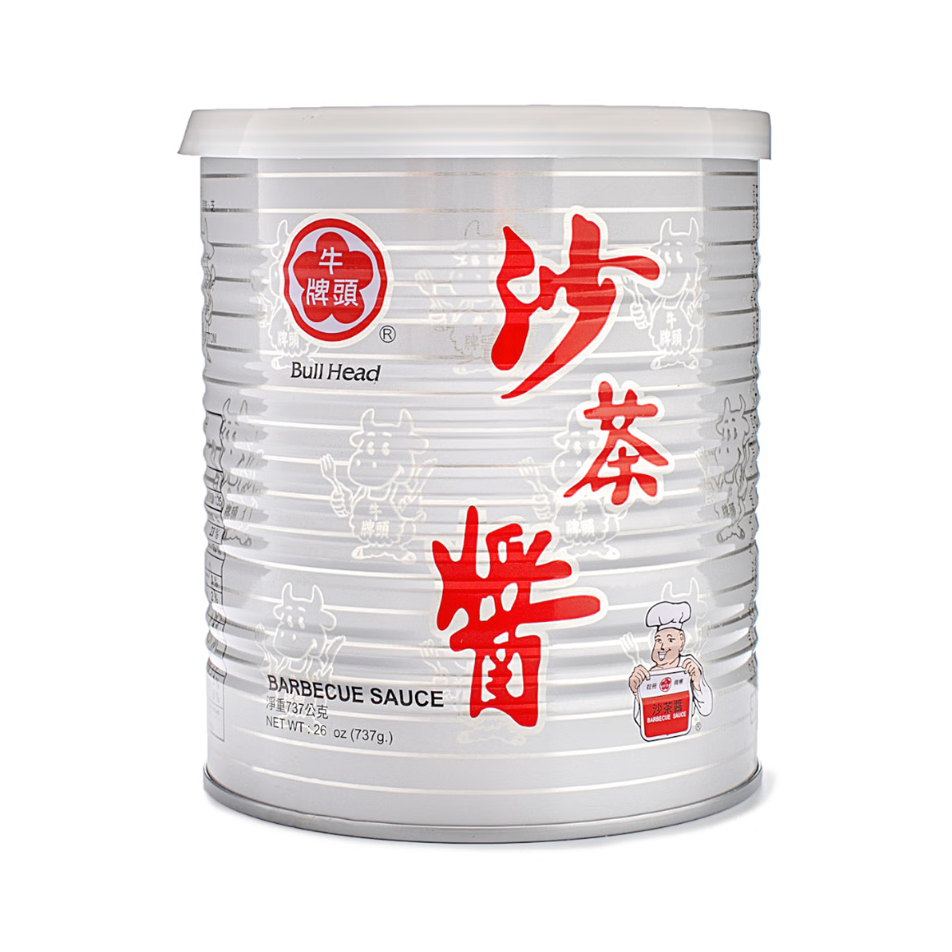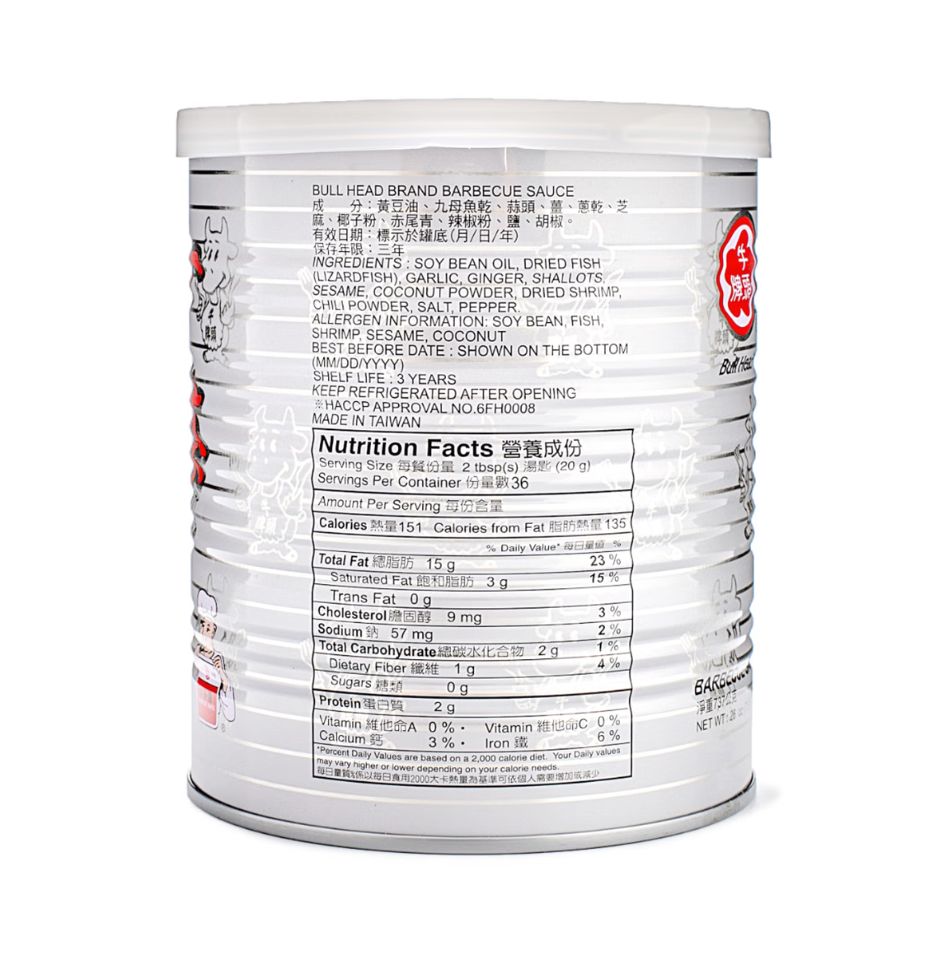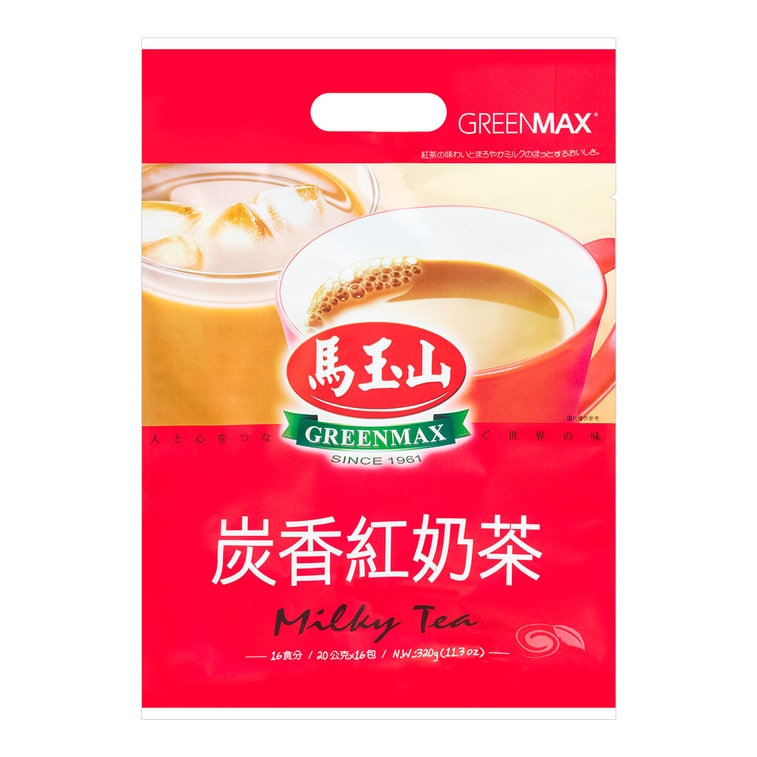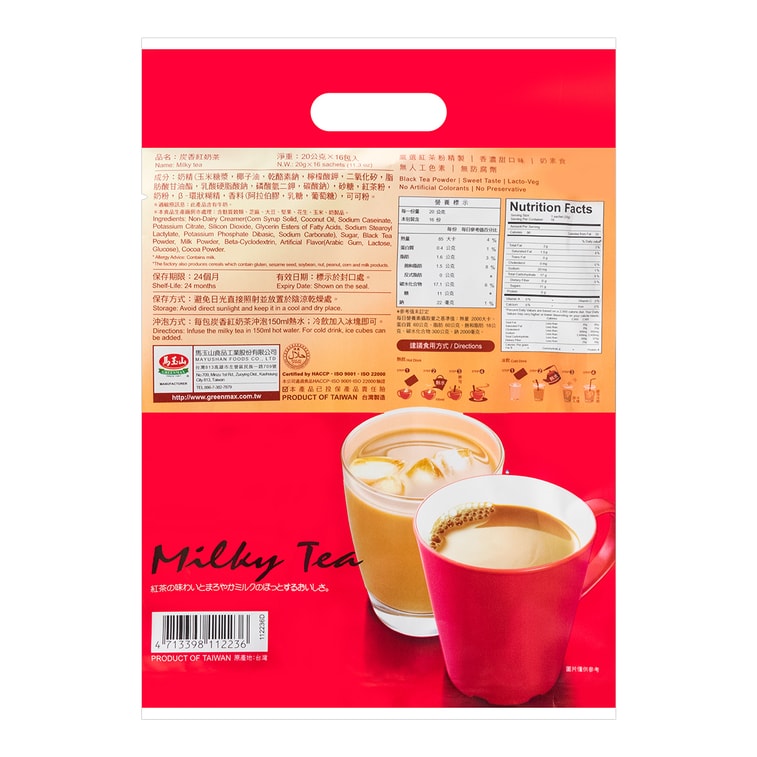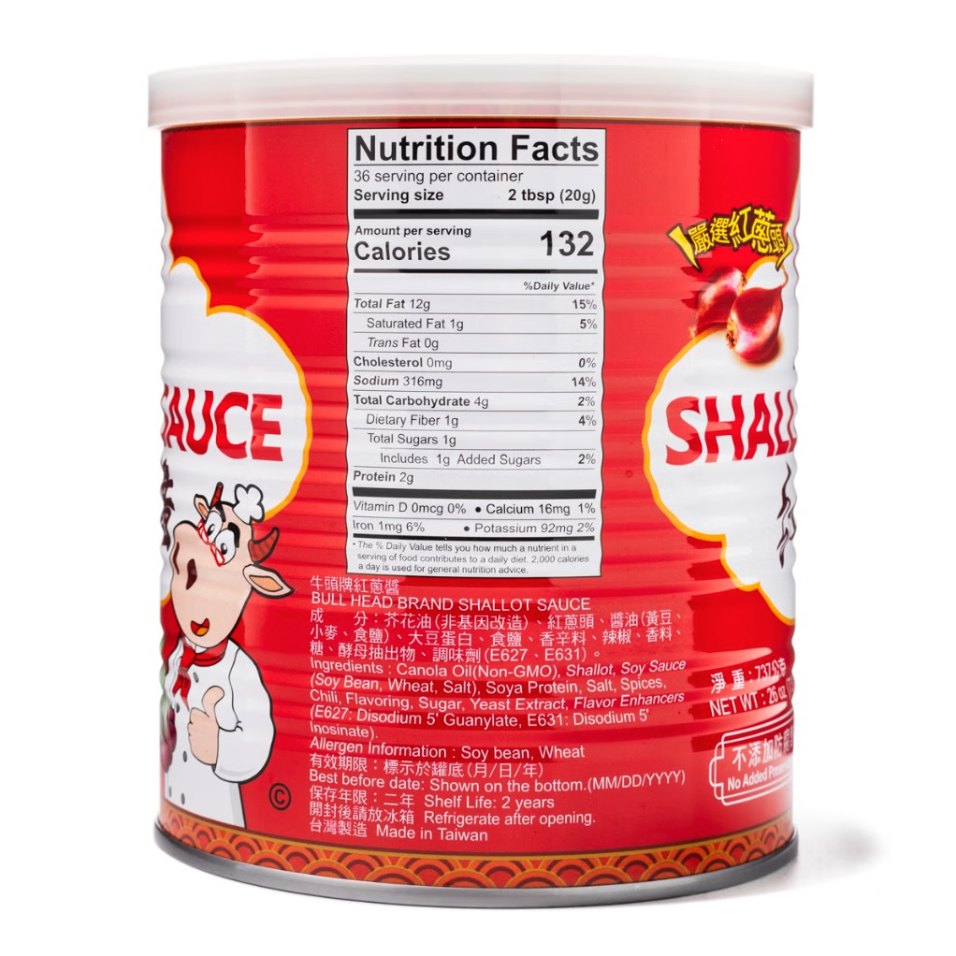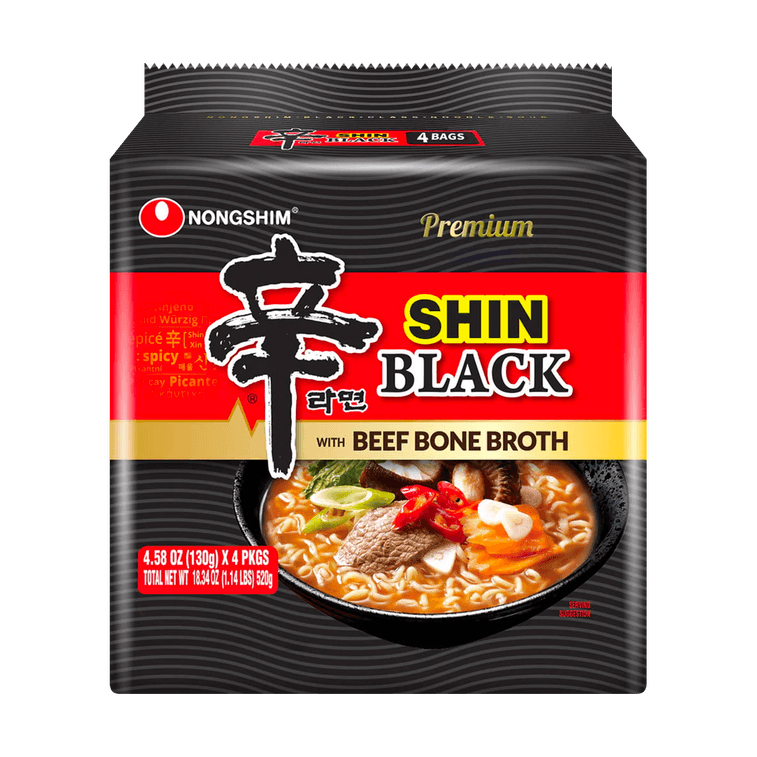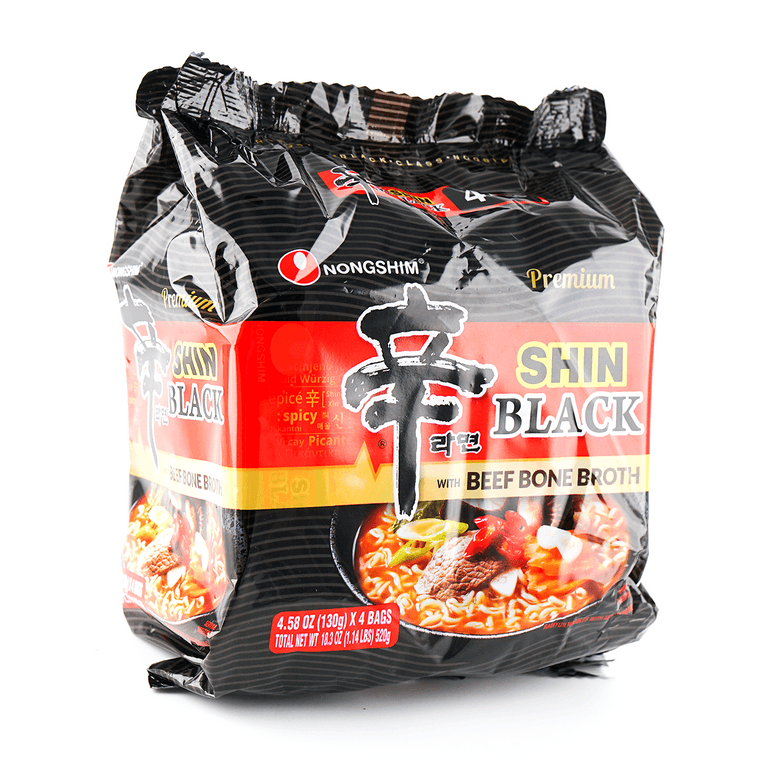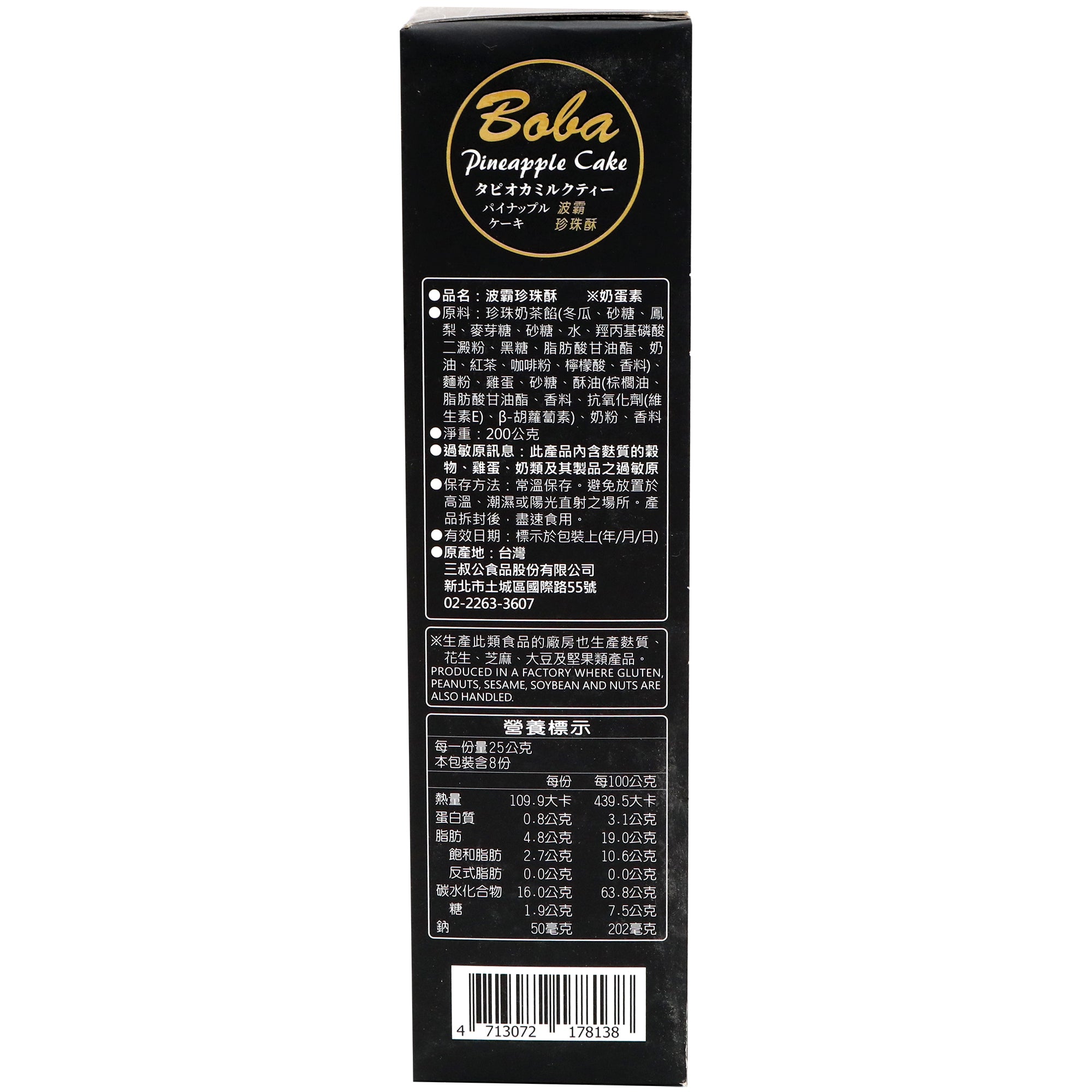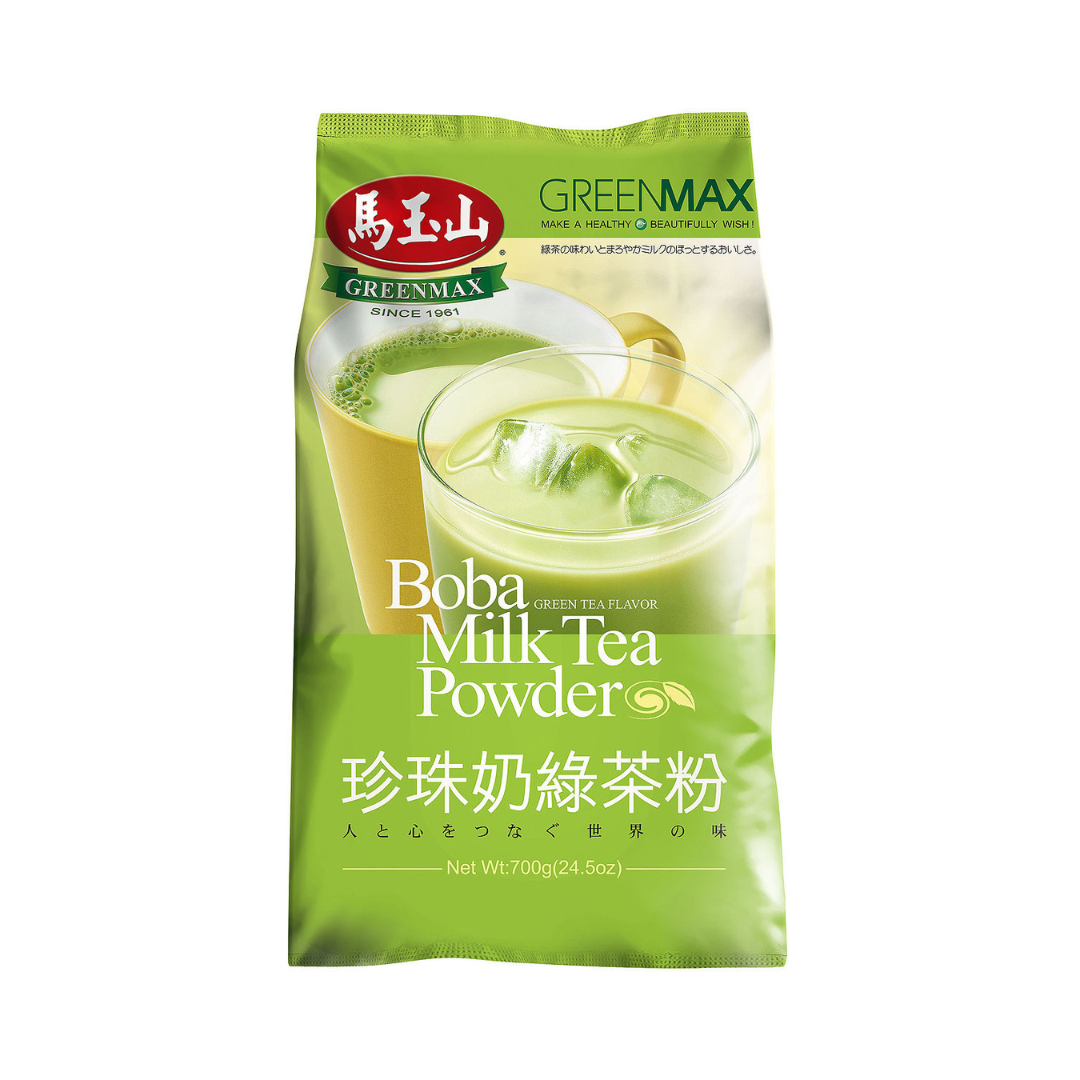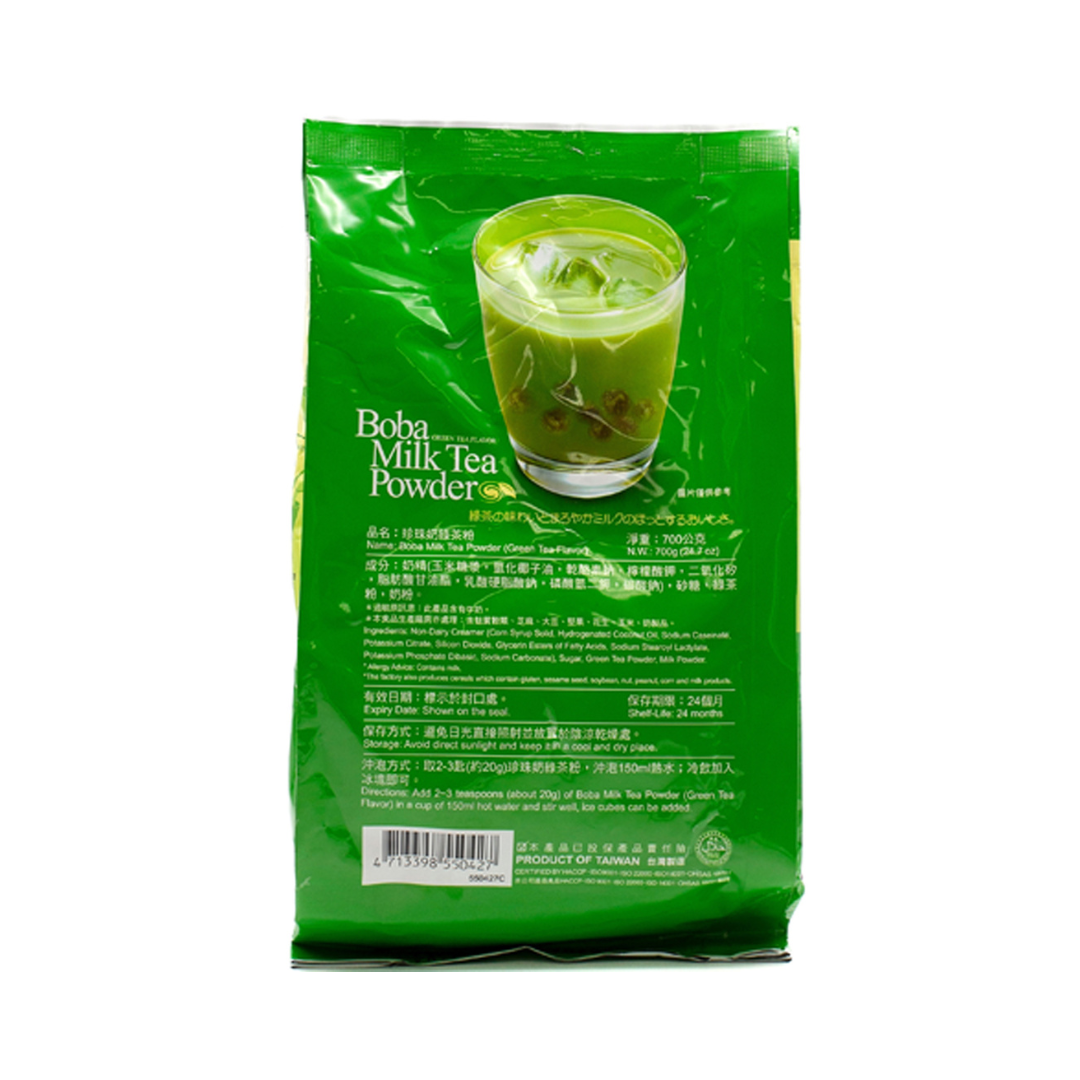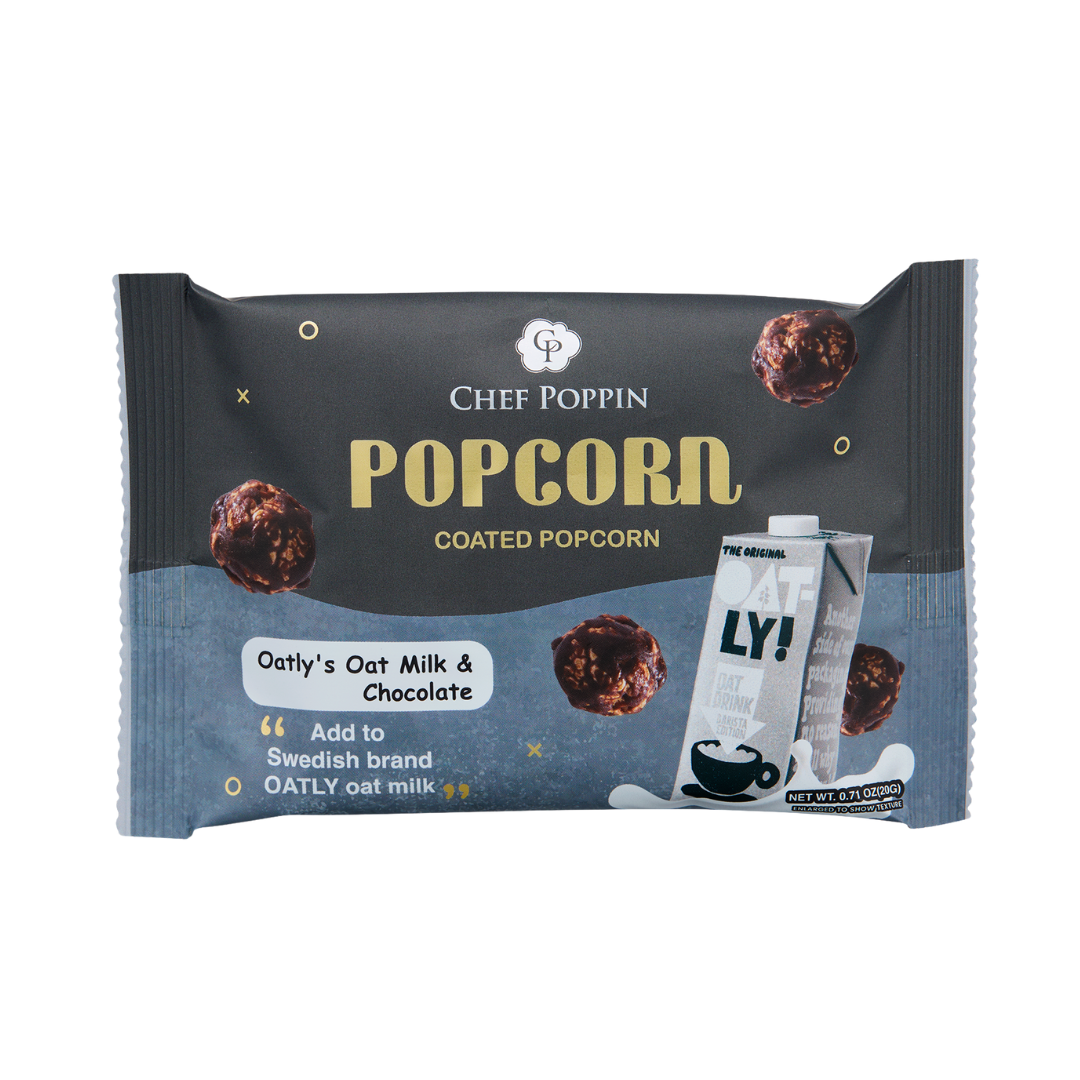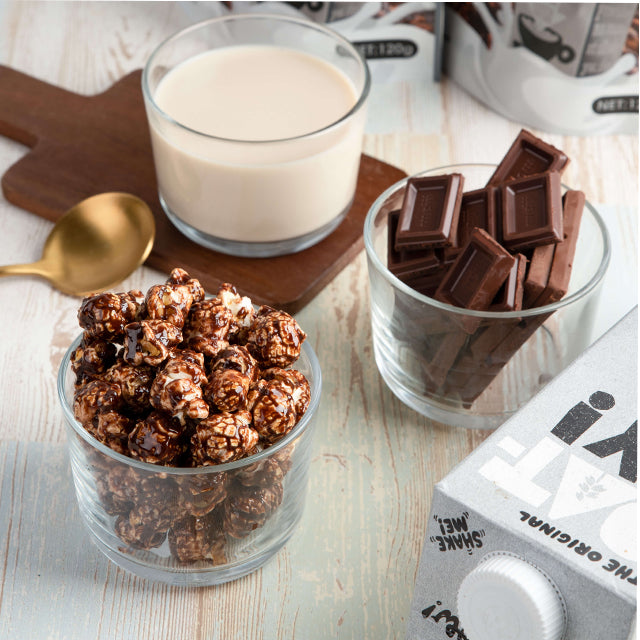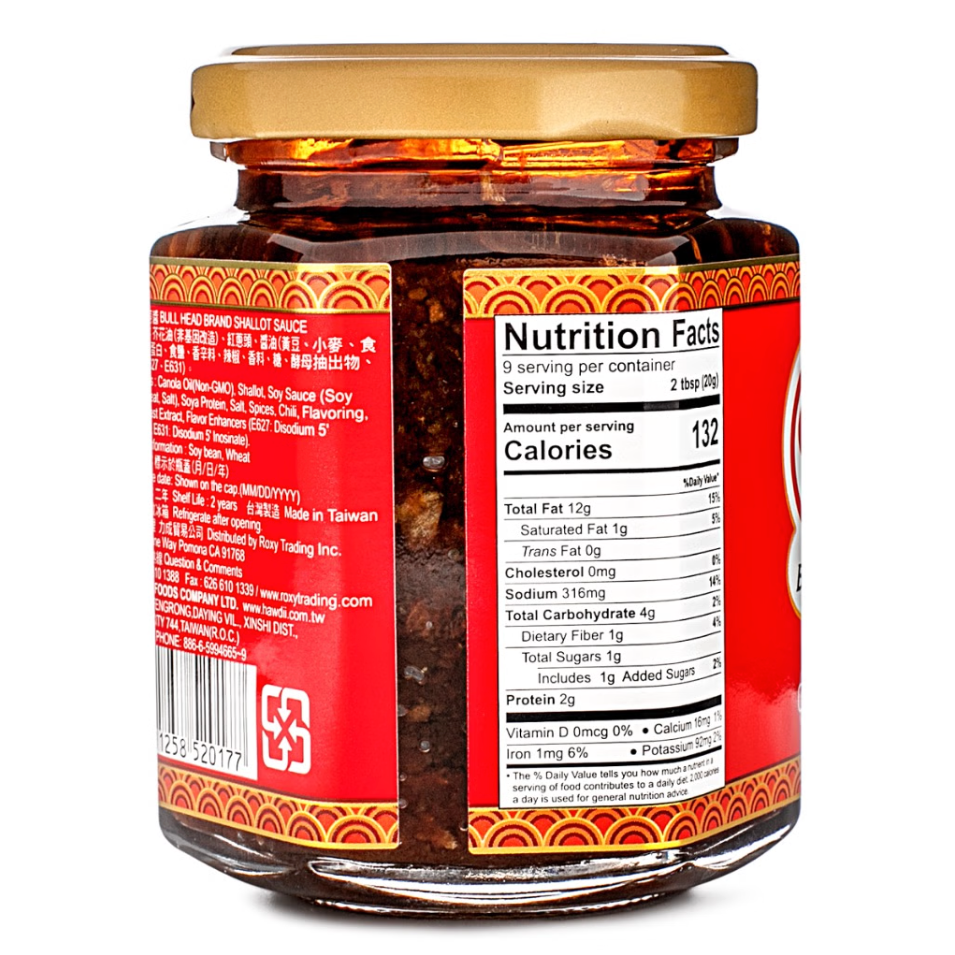The world of skincare is flooded with actives, routines, and buzzwords. Two of the most talked-about approaches today are PDRN-based skincare and the “Morning C, Evening A” routine. Both deliver proven results, but they work in very different ways. Here’s a breakdown of what each does, who they’re best for, and how to decide which path suits your skin goals.
What Is PDRN?
PDRN (Polydeoxyribonucleotide) is a highly purified extract from salmon DNA. Because its structure closely matches human DNA, it has been widely used in regenerative medicine and skin boosters, and now in premium topical skincare.
Key Benefits of PDRN
- Intense Hydration – Relieves dryness and tightness, leaving skin supple.
- Anti-Aging Action – Boosts collagen and elastin, reducing fine lines and sagging.
- Brightening Effect – Minimizes dullness and uneven pigmentation for radiant skin.
- High Safety Profile – Gentle, biocompatible, and suitable even for sensitive skin.
Who Should Use PDRN?
- Dry/Dehydrated Skin – For long-lasting moisture and smoother texture.
- Sensitive/Fragile Skin – Strengthens barrier and soothes redness.
- Mature Skin – Reduces wrinkles and helps restore firmness.
- Acne-Prone or Post-Acne Skin – Repairs tissue and fades marks.
- Post-Procedure Skin – Supports recovery after lasers or peels.
- Dull/Uneven Tone – Restores radiance and clarity.
What Is “Morning C, Evening A”?
This routine pairs two powerhouse ingredients: Vitamin C in the morning and Vitamin A (retinoids) at night. The timing isn’t random—it’s designed to maximize effectiveness while minimizing irritation. Together, they create a daily cycle of protection and repair.
Why Vitamin C in the Morning?
- Shields against free radicals from UV and pollution
- Inhibits melanin for a brighter, more even tone
- Stimulates collagen to maintain elasticity
Why Vitamin A at Night?
- Speeds cell turnover for smoother texture
- Stimulates collagen to reduce wrinkles and sagging
- Clears pores and reduces acne-related issues
- Best used at night to avoid photosensitivity
-
Tip: Start low and slow with Retinol (0.01%–0.03%) and always use sunscreen daily.
Who Benefits Most from Morning C, Evening A?
- Oily/Acne-Prone Skin – Vitamin C refines tone; Retinol clears pores and reduces inflammation.
- Early Aging/Mature Skin – Combines brightening and collagen support with deep repair.
- Dull/Uneven Skin Tone – Brightens and evens complexion.
- Who Should Be Cautious?
- Dry/Sensitive Skin – May experience irritation; pair with extra hydration.
- Pregnant/Breastfeeding – Avoid high concentrations of Vitamin A derivatives.
- Multi-Active Users – Avoid overloading with too many strong actives at once.
PDRN vs. Morning C, Evening A: Which Should You Choose?
| Goal | Best Fit |
|---|---|
| Hydration & Barrier Strength | PDRN |
| Post-Procedure Recovery | PDRN |
| Fine Lines & Loss of Firmness | Both (C/A daily cycle, PDRN for deeper repair) |
| Acne-Prone or Congested Skin | Morning C, Evening A |
| Sensitive or Easily Irritated Skin | PDRN |
| Dullness & Pigmentation | Both—Vitamin C for brightening; PDRN for tone correction |
Bottom Line
- Choose PDRN if your priority is repair, hydration, and sensitivity care. It’s gentle, restorative, and perfect for rebuilding skin health.
- Choose Morning C, Evening A if your focus is anti-aging, acne, or uneven tone and you’re comfortable with actives like Vitamin C and Retinol.
- Combine both if you want a comprehensive routine: PDRN to repair and hydrate, plus Vitamin C by day and Retinol by night to defend and renew.
- Consistency and balance matter most—pick what your skin can tolerate, and build gradually for long-term results.




